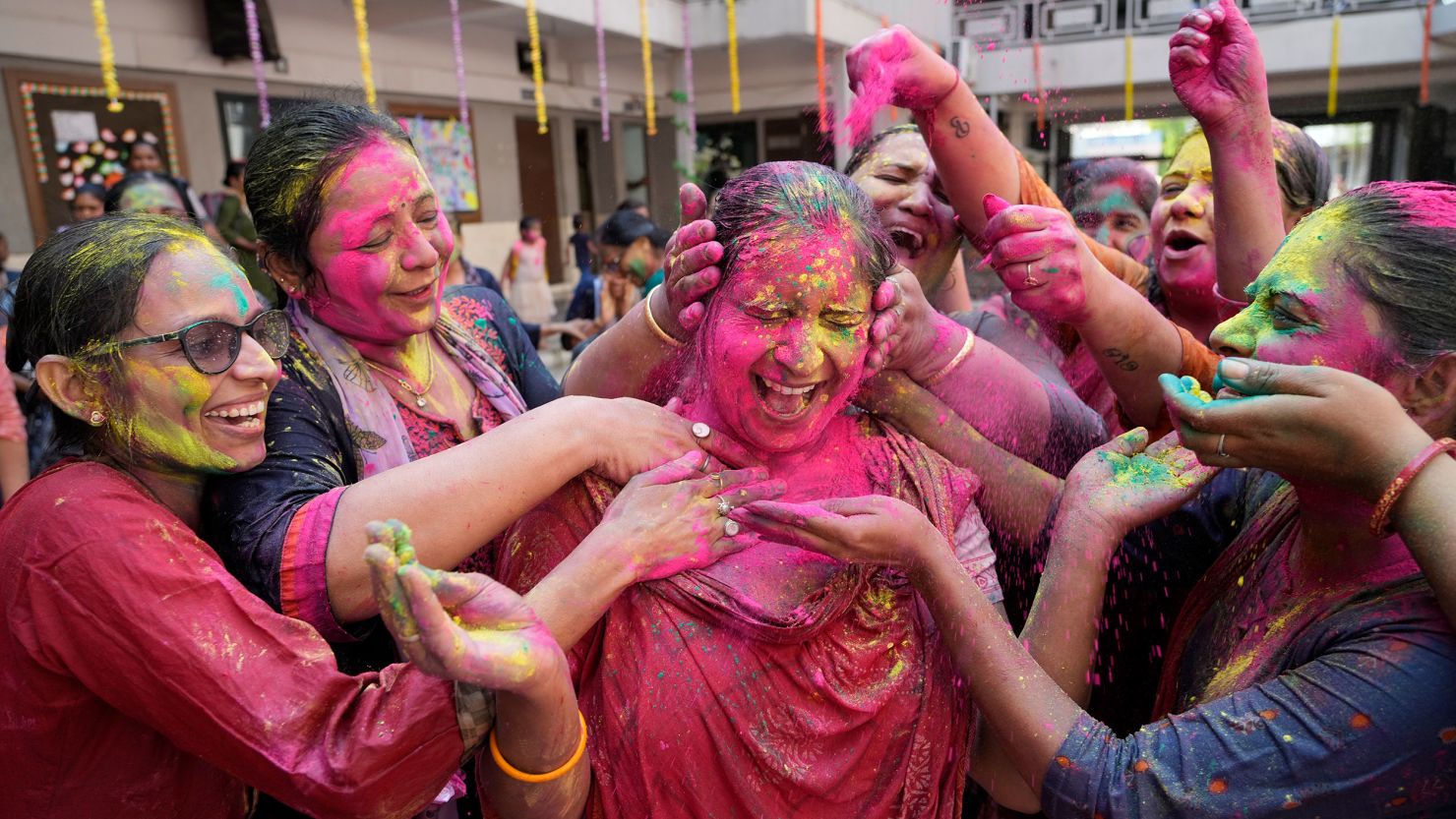modelcampusa.com – Holi, also known as the Festival of Colors, is a vibrant and joyous Hindu festival celebrated in India and other parts of the world. It marks the arrival of spring, the end of winter, and the victory of good over evil. During Holi, people come together to celebrate with colorful powders, water, music, and dance.
The Significance of Holi
Holi is associated with the Hindu legend of Holika and Prahlad. Holika, a demoness, tried to burn Prahlad, a devotee of Lord Vishnu, but the divine power of Vishnu protected Prahlad, and Holika herself was consumed by fire. The festival commemorates this victory of good over evil.
The Rituals and Traditions of Holi
Holi celebrations typically last for two days:
- Holika Dahan: On the eve of Holi, a bonfire is lit to symbolize the burning of Holika. People gather around the bonfire, sing songs, and dance.
- Holi: The main day of the festival is marked by the playful throwing of colored powder (gulal) and colored water (pichkari). People, regardless of age, caste, or creed, participate in the festivities, smearing each other with colors and sharing sweets.
The Symbolism of Colors
The vibrant colors used in Holi symbolize love, joy, and the renewal of life. Each color has its own significance:
- Red: Love and passion
- Yellow: Happiness and optimism
- Green: New beginnings and fertility
- Blue: Peace and tranquility
- Purple: Royalty and spirituality
The Cultural Importance of Holi
Holi is not just a religious festival; it’s also a cultural event that brings people together. It fosters a sense of community and strengthens social bonds. The festival encourages people to let go of their inhibitions and embrace the joy of the moment.
Conclusion
Holi is a vibrant and colorful celebration of love, joy, and the triumph of good over evil. It’s a festival that transcends boundaries and brings people together. By participating in Holi, people experience the true spirit of togetherness and the beauty of diversity.
